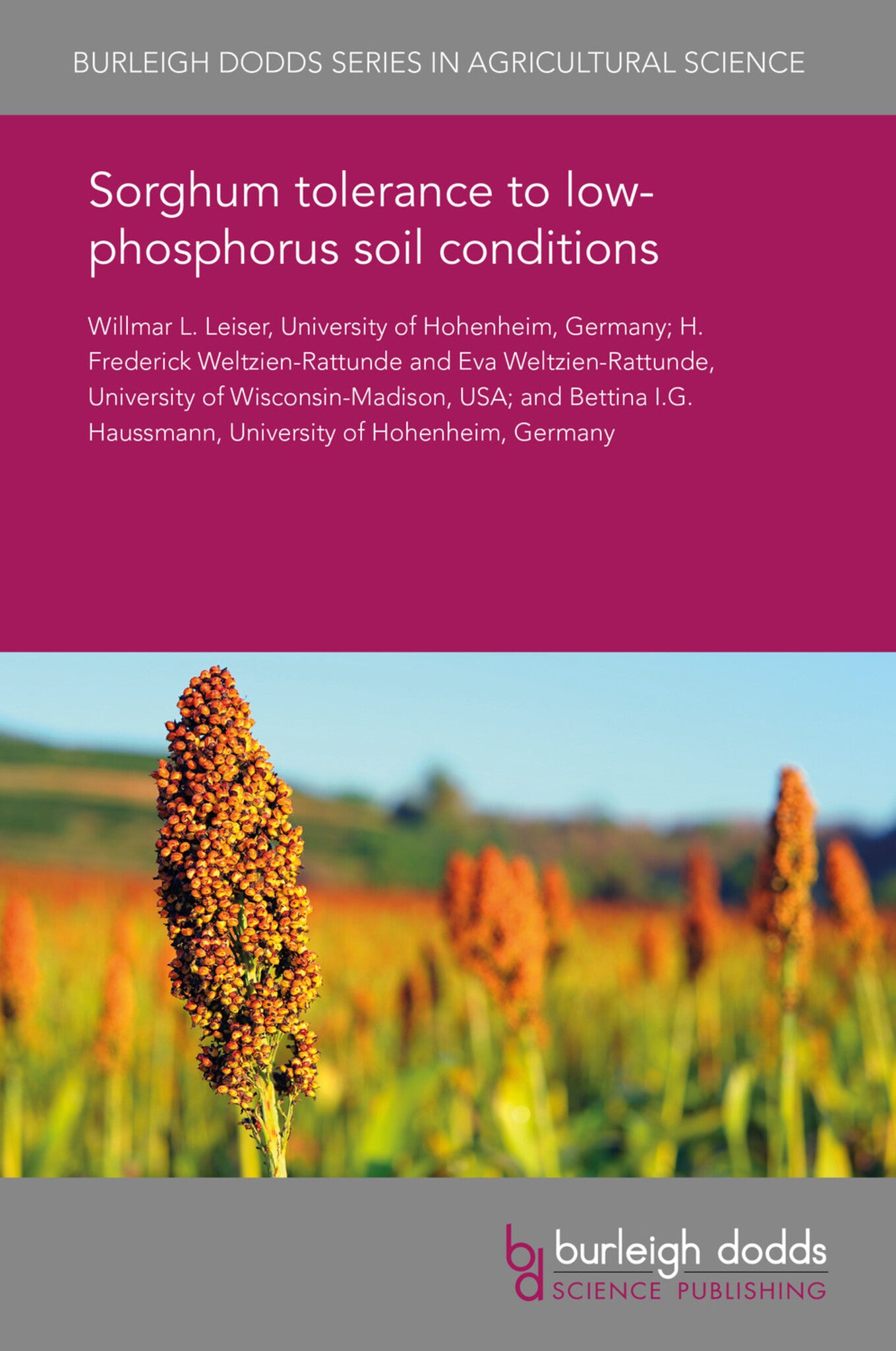We're sorry. An error has occurred
Please cancel or retry.
Sorghum tolerance to low-phosphorus soil conditions

Some error occured while loading the Quick View. Please close the Quick View and try reloading the page.
Couldn't load pickup availability
- Format:
-
18 September 2017


TECHNOLOGY & ENGINEERING / Agriculture / Sustainable Agriculture, Agronomy and crop production, TECHNOLOGY & ENGINEERING / Agriculture / Agronomy / Crop Science, Sustainable agriculture

1 Introduction 2 Phosphorus: a worldwide future challenge 3 Breeding sorghum for low-P soil conditions 4 Plant adaptation to low-P conditions 5 Summary: implications for applied sorghum breeding in West Africa 6 Future trends and challenges in bringing benefi ts of sorghum low-P tolerance to West African farmers 7 Where to look for further information 8 References



